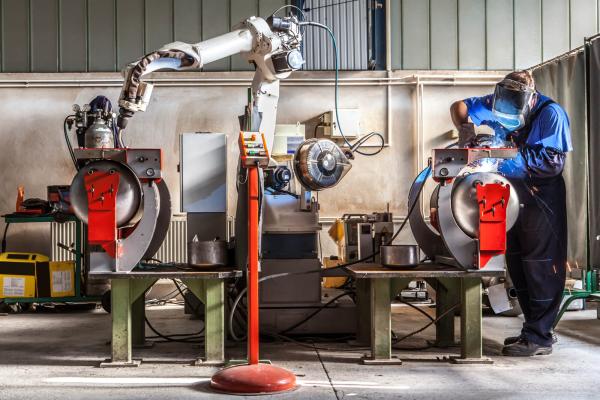THE AGE OF THE ROBOTS is here. If you didn’t notice, it’s because we’re calling them artificial intelligence (AI) and they don’t look like we expected. They’re the touchscreen kiosk that has replaced the cashier at Panera, the mechanical arms and claws flipping burgers at fast food joints, the drone that may someday deliver your Amazon order. They’re the software that can turn a baseball box score or corporate earnings report into a wire service news story.
According to a recent report from the Brookings Institute, about 38 percent of the adult population could be put out of work by smart machines in the next generation. The choices we are making about our AI future depend upon our answer to the question Wendell Berry posed 30 years ago with his book What Are People For? Up to now, at least in the U.S., the answer has been that people exist to generate corporate profits.
Andrew Yang, a Silicon Valley entrepreneur running for the Democratic presidential nomination, argues that Donald Trump is president because automation eliminated 4 million manufacturing jobs in the Rust Belt states Trump narrowly won. Yang expects that blue collar alienation will multiply soon, when driverless vehicles replace 3.5 million truck drivers.
Read the Full Article

